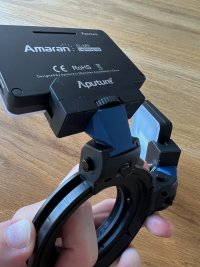Canon has ammended their Q2 2022 financials with their thoughts about the future of the camera market. It’s one that we tend to agree with. The entry-level market formerly represented by the Powershot line and EOS Rebel line is essentially over for the obvious Smartphone reasons.
A few years ago Canon did say that they see the future of the business to be in producing products to target specific types of users. Now Canon thinks that they will see growth in the prosumer and professional spaces. A Sony executive’s recent silly claim that Smartphones would surpass ILCs in performance within three years aside, Canon will continue to listen to customers and produce targeted products to meet their ever changing needs.
Canon also says that they will continue to produce DSLRs as long as their is demand. I would not expect new DSLRs to be announced, but cameras like the Canon EOS-1D X Mark III will be a viable tool for years to come.
Below is...
Continue reading...
Last edited by a moderator:

